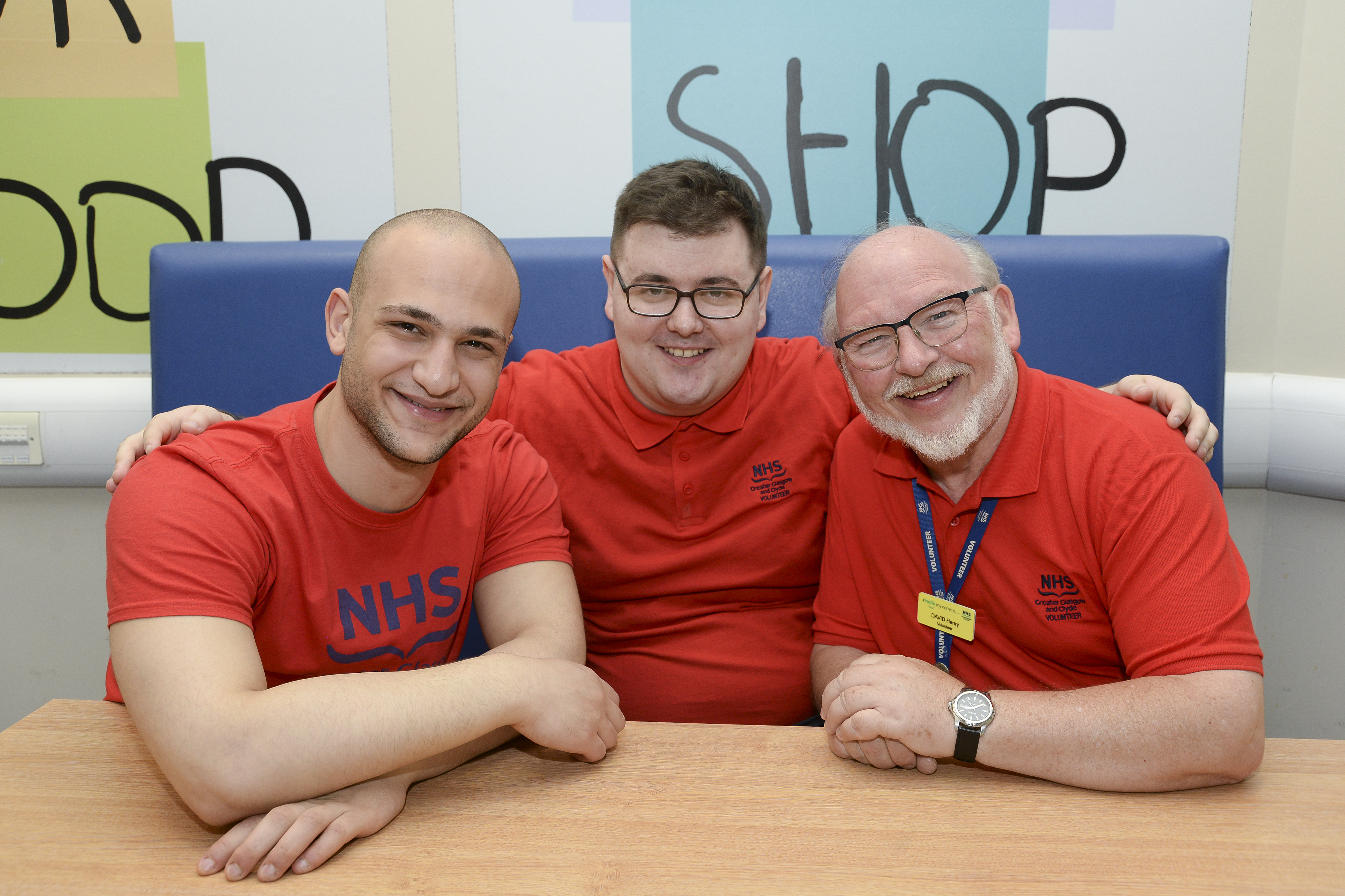Previous
Clinical technologist - medical physics
You’ll need to complete a postgraduate-level work-based training programme to become a medical physicist in the NHS.
Medical physicists use their knowledge of physics to bring together scientific methods and clinical technology to help diagnose illnesses and treat patients. It could include installing and testing new equipment to improve cancer treatment or developing new imaging techniques to track organ function.
Medical physicists work in lots of areas, including:
To work in the NHS, medical physicists must register with the Health and Care Professions Council (HCPC) as clinical scientists.
School subjects that could lead to a career as a clinical engineer include:
Speak to your guidance teacher or careers adviser about subjects offered at your school.

You may find it helpful to get some healthcare experience by doing a work placement or volunteering. You’ll get training, increase your knowledge, and learn new skills. This could help you when applying to college, university, or a new job with NHSScotland.
Starting your career as a medical physicist in the NHS is an amazing opportunity! You'll complete a postgraduate-level work-based training programme, which will set you on the path to success.
As a trainee medical physicist, you’ll complete the Scottish Medical Physics and Clinical Engineering Training Scheme.
During the training programme, you’ll do a master’s degree at SCQF level 11 in your first year. You’ll then have the opportunity to work in different areas of medical physics to get experience. In your final year of training, you’ll choose an area to specialise in or lead an innovation project related to your chosen specialism.
Once you complete your training, you’ll register as a clinical scientist with the Health and Care Professions Council (HCPC).
You can apply for training opportunities on our recruitment website. To apply, you'll need an undergraduate honours degree at SCQF level 10 in one of the following subjects:
Search for university degree programmes on My World of Work.
Widening participation supports adult learners who want to go to university. If you’re an adult with few or no qualifications, you could get into higher education through the Scottish Wider Access Programme (SWAP).
Many universities also provide access programmes to help you get the degree entry qualifications you need.
As a medical physicist, you’ll use a range of equipment to help prevent, treat, or diagnose medical conditions in patients.
The day-to-day tasks you'll do will depend on the specialist area you're working in.
In radiotherapy physics, you’ll be responsible for the precision and accuracy of radiotherapy treatment. Radiotherapy involves targeting radiation beams to kill cancerous tumours.
Some typical tasks include:
Nuclear medicine is the use of radioactive substances to help diagnose and treat patients. This involves using small amounts of these substances, called radiolabelled pharmaceuticals, to look at what is happening inside the body.
Some typical tasks include:
Radiation protection is making sure that the environment and equipment used in radiation treatment is safe for both patients and the staff using it.
Some typical tasks include:
Non-ionising imaging includes ultrasound, magnetic resonance imaging (MRI) and optical imaging. Non-ionising imaging techniques are generally safe, and can also include other treatment methods, including ultraviolet treatments for skin conditions and laser surgery.
You’ll work with a variety of imaging techniques, including:
Imaging using ionising radiation includes diagnostic radiology, interventional radiology and nuclear medicine.
You’ll work with a variety of imaging techniques, including:
Useful skills for a medical physicist include:
You’ll also be expected to know how to use specialist equipment and software.
It’s likely that you’ll work in a multidisciplinary team, which could include:
As a medical physicist, you’ll likely work in a hospital setting.
As a medical physicist, you’re expected to undertake continuous professional development (CPD) activities to:
Clinical scientists must meet the HCPC’s standards for CPD. Learn more about the HCPC’s guidance on CPD activities.
During your career as a medical physicist, you can also work towards additional qualifications, such as:
Gaining qualifications will help your career prospects, leading to more senior roles or the chance to advance to specialised areas of service.
Medical physicists must be registered with the HCPC to work in the NHS. They may also be affiliated with the following professional bodies:

Discover the range of healthcare science careers you can choose in the NHS.
Healthcare science
Our blog includes how-to guides, case studies, and career resources.
Discover more